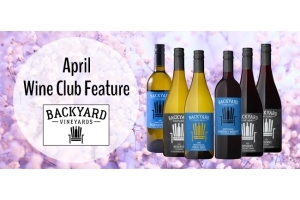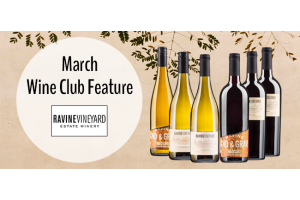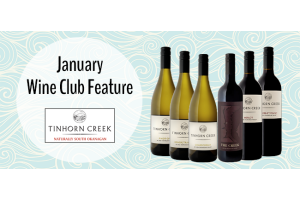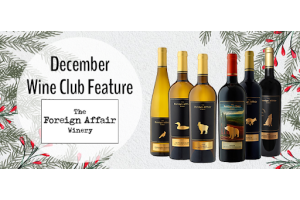Wine 101: Resveratrol
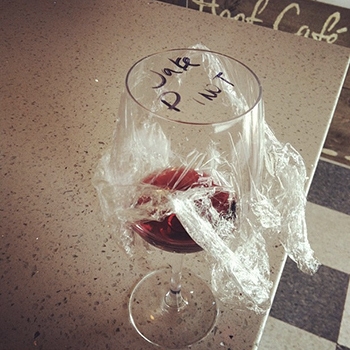
People who drink too much, myself included, tend to champion any study or article that points out the merits of their indulgence. We all know that moderation is key to living healthily and boosting your life expectancy. No one substance will act as a miracle drug to keep you alive when your lifestyle is unhealthy—our bodies are too complex for that. However, thankfully for wine lovers, drinking a glass of red wine has more health benefits than drinking a glass of vodka. One reason for that is something called resveratrol.
Resveratrol is a substance found in foods like peanuts, blueberries, cranberries and the skins of red grapes. It belongs to a group of compounds called phytoalexins. They are part of a plant's defensive arsenal and act as toxins to attacking organisms (insects, animals, fungal infections, or bad weather). In the human body, resveratrol is an antioxidant, anti-mutagenic, it inhibits cancer and has shown some antibiotic properties as well.
Compiling a number of studies, Men's Fitness Magazine has touted it further. They wrote that in supplement form, it has shown to increase endurance training, cardiac function, cardiovascular health, cancer protection, eyesight, mental sharpness, and testosterone levels.
Recently controversy erupted, because a scientist who had conducted many of the resveratrol studies at the University of Connecticut, Dipak Das, was charged with fraud and found to be falsifying data in his experiments. Despite this black eye, many other studies have proven the same benefits with real data. Men’s Fitness references one of Das' studies, but also seven other ones.
So what wines should you drink to maximize your resveratrol intake? The American Journal of Enology and Viticulture published a study in 1995 comparing grapes from around the world. What grape do you think topped the charts? Something dark and meaty like Malbec? A big Aussie Shiraz? Actually, the top grape was Pinot Noir. No matter where in the world it was grown, Pinot had the most resveratrol. The study tested a disproportionate number of New York state reds, but did find that cooler climates tended to have more than warmer climates. Wines from Ontario, Bordeaux, Burgundy, and New York all tested high. This makes sense if you consider how much more a vine has to struggle growing in a marginal climate than in a hotter and more comfortable one, and how resveratrol, a defensive compound, ends up in the grapes.
So raise a glass and toast to resveratrol... but just a couple glasses, and eat well, and don't forget to exercise a little, too.
Jake Skakun is a writer and sommelier from Vancouver, currently living in Toronto. He can be found most days pulling corks and twisting caps at the Black Hoof. He Tweets and Instagrams @jakeskakun.

